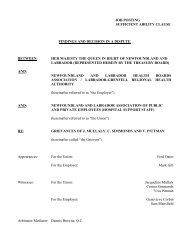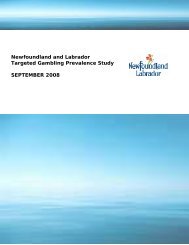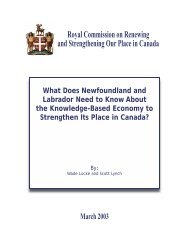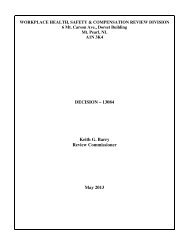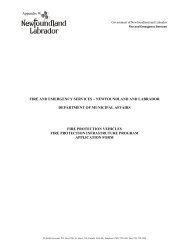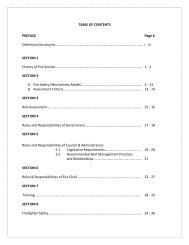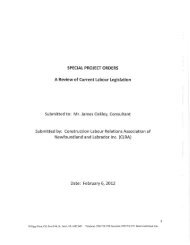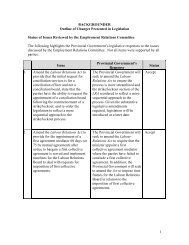Basic Level Pre-Course Reading
Basic Level Pre-Course Reading
Basic Level Pre-Course Reading
You also want an ePaper? Increase the reach of your titles
YUMPU automatically turns print PDFs into web optimized ePapers that Google loves.
Chapter 3<br />
CBRN Assessment and Incident Recognition<br />
1) Viral Agents - Viruses are intracellular organisms that lack a system for their<br />
own metabolism, and are, therefore, dependent on host cells. Every virus<br />
requires its own special type of host. The host cells can be from humans,<br />
animals, plants, or bacteria. Viruses are much smaller than bacteria. Viral agents<br />
include:<br />
• Smallpox (Variola major)<br />
• Viral hemorrhagic fevers (VHF)<br />
2) Bacterial Agents - Bacteria generally cause disease in humans and animals<br />
by one of two mechanisms: invading host tissues, and/or producing toxins. The<br />
diseases they produce often respond to specific therapy with antibiotics.<br />
Bacterial agents on the high-risk list include:<br />
• Anthrax<br />
• Plague<br />
• Tularemia<br />
3) Toxins - Toxins are deadly substances produced by living organisms<br />
(animals, plants, microbes). Exposed persons are not infectious. Toxic agents on<br />
the high-risk list include:<br />
• Ricin<br />
• Botulism Toxins<br />
3.2.2.1 Signs, Symptoms, and Onset - The onset of symptoms depends<br />
on initial dosage and the host’s resistance to the agent. Depending on the<br />
biological agent, the onset of symptoms may be delayed for a number of<br />
hours, days, or even weeks. Table 2 illustrates the effects and initial onset<br />
timeframes for each of the seven “high-risk” biological agents.<br />
CBRN First Responder Training Program<br />
22<br />
<strong>Basic</strong> <strong>Level</strong> <strong>Course</strong>



